A Minolta TC-1 Review by Jonas Wikström
10 21 Share TweetThis write-up consists of some of my reflections after using it for a while, after using up two rolls of the B&W film Tri-X and a roll color film Fuji Reala with the Minolta TC-1. The weather conditions have not been the best during the test period – it was insanely cold, as everyone knows the delicate nature of the high-end compacts.
I’ve used it up near the polar circle, in -27C (-16 F), without damaging it. The manual says that it is designed for use from -10 to 40 degrees Celsius (14-104 F). All pictures have been scanned with an Epson V700 at 3200dpi.
To me the camera looks like a digital compact; about the same size, same feeling…the big control dial is there too. It has a brushed titanium body with leather inserts. It looks pretty posh. Not that I care, the function is more important. The basic operation is simple, like any ordinary point and shoot. Minolta TC-1 has aperture priority, which means that you select the wanted aperture if it’s going to overexpose an LED will flash and you need to change the aperture. The camera will choose the appropriate shutter speed, from 4 sec to 1/750th sec. It has four manual apertures f3,5, f5,6, f8 and f16. (It also has a built-in aperture control in the shutter, some kind of program mode, I have not figured it out how it works).
The lens is a G-Rokkor 5 element in 5 groups design. It also exists as a stand-alone lens with a Leica M-mount. The strangest and most unusual construction is the aperture control. It is exactly the same construction as in toy cameras, a metal piece with drilled out holes. What you gain with fixed apertures is a perfectly circular hole instead of the usual iris diaphragm with 5, 7 or 9 blades. The “bokeh” and out-of-focus areas will, therefore, be more pleasant and even compared to the polygons of the iris lens. However, with a 28 mm lens, you have such a wide depth of field that this is most likely to have a marginal effect. I don’t know… The changing of the aperture is easy as it gets.
Another great feature is the manual ISO-setting. It ranges from 25-6400. This is something I miss in many other of the better compacts. More…flash cancel, exposure compensation, and other edits are saved when turning the dial to “hold”. Also when turned off. It has a passive multi-point AF with spot metering (button control). Another really great thing is the manual focus control with 22 steps from 0,45m to infinity, better than most others.
Size. Not too big and heavy as the Nikon 28Ti. It is almost too tiny, in that digital compact sense of tiny. Rioch Gr1 sits better in the hand in my opinion. The TC-1 LCD display is ok but has tiny icons. The manual control, using the dial to choose the function and a metal piece lever to cycle through the menus, is not great but it works. The Contax T3 is much worse in this department. The autofocus is fast and accurate, no big lag noticed. The viewfinder is tiny, 0,4x magnification, the field of view 85%. It has focus and shutter speed indicators. I think it’s OK for a compact anyway. What more…ah, picture quality. I can notice a slight vignetting in many of the pictures. That is something I can live without. If I want that effect I could use my Olympus XA or the Lomo LC-A. I don’t know, images are not as contrasty and sharp as the T3’s, nor as the Gr1, but they are pleasant. Flash is sufficient, it worked great with Tri-X at ISO 1600. Colors seem to be neutral but with some degree of a blue cast. All pictures were shot during the dark Nordic winter, so the colors might have been affected by that.
Summary: Buy and try if you want a cool 28 mm compact. It has many nice functions, manual ISO being one. The fixed apertures are cool, especially if they give nice bokeh and out-of-focus renderings. No obvious downsides – price and availability may vary. Other competitors in this class are Ricoh Gr1 and Nikon 28Ti. Olympus XA-4 and Fuji DL Super Mini (Tiara) are also good enough to qualify.
Jonas Wikström took courses in photography and learned the basics back in the early nineties, he always has a camera in his hands, also jumped in the digital bandwagon until it became a joke to him (digital sucks) and returned to snapping with film again, using cameras like the vintage Diana, a Holga, a Smena 8m and other crappy plastic cameras where he felt much more creative and intuitive.
written by fookshit on 2011-02-10 #gear #review #minolta #point-and-shoot #lomography #film-camera #user-review #outside-editorial #requested-post





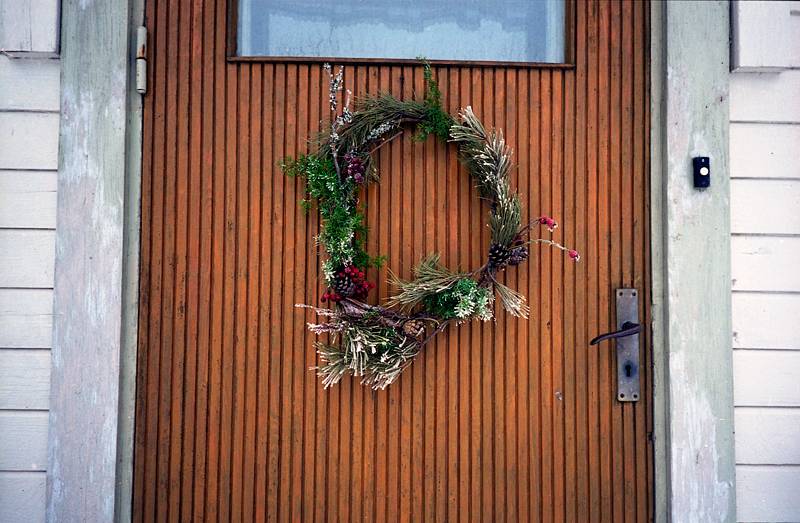
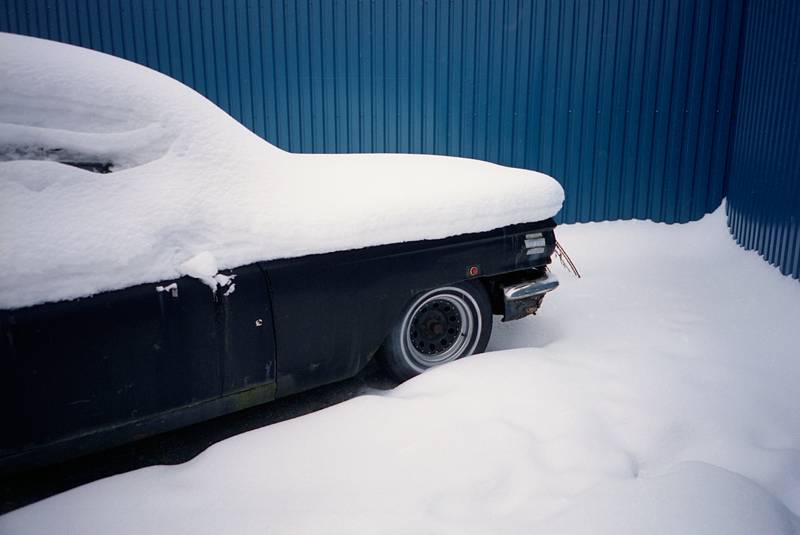

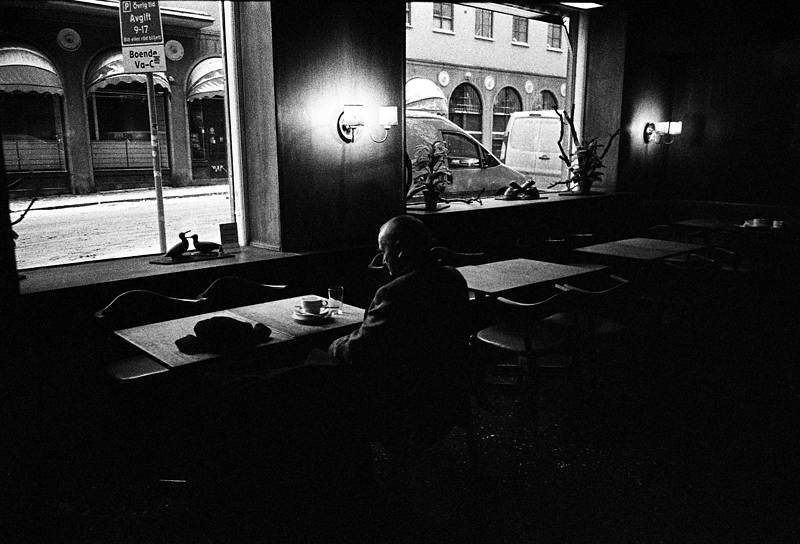


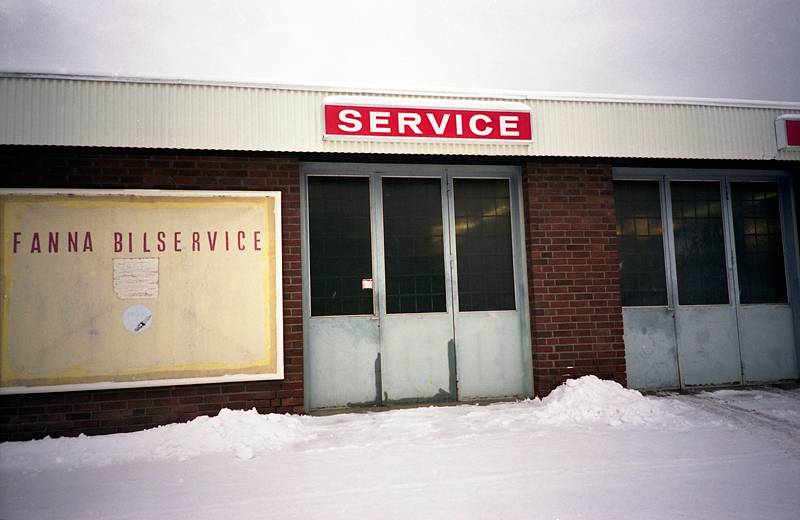










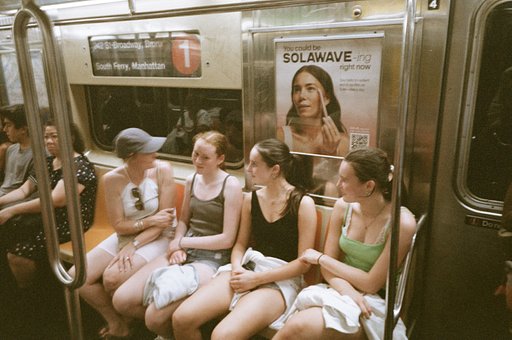



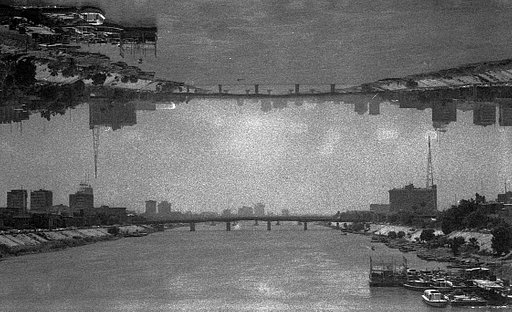



10 Comments